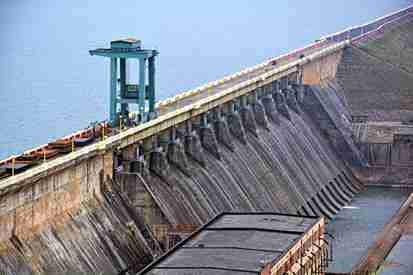China on Friday defended its plan to build the world’s largest dam over the Brahmaputra river in Tibet claiming that the project will not ‘negatively affect’ the lower riparian states. On Wednesday, China approved the construction of this dam close to the Indian border raising concerns from India and Bangladesh.
Mao Ning, the Chinese Foreign Ministry spokesperson understated fears about the huge undertaking to dam the Brahmaputra River, known as Yarlung Zangbo in Tibet. The project’s total investment is expected to exceed USD 137 billion (1 trillion Yuan) and become the world’s largest infrastructure project. This project will surpass China’s Three Gorges Dam which at present stands to be the world’s largest.
The Brahmaputra Dam project was a part of China’s 14th Five-Year Plan (2021-25) and National Economic and Social Development along with Plenum in 2020. In 2015, China had already implemented the USD 1.5 billion Zam Hydropower Station in Tibet.
The hydropower initiative will be built in the lower reaches of the Yarlung Zangbu River and the dam will be built at a huge gorge in the Himalayan region where the river takes a ‘U-Turn’ to flow into Arunachal Pradesh and enters Bangladesh. The region is environmentally precarious and witnesses frequent earthquakes.
Mao assured that the hydro project development is followed by decades of in-depth studies and with all complete precautions to ensure security and ecology protection. She emphasized China’s intention of maintaining communications with the countries at the lower reaches and cooperating with them for disaster prevention and relief for the people residing by the river.
Concerns arose in India following the decision because it empowered China to regulate the river water and leverage it against India during hostilities by flooding Indian states by discharging surplus water from the dam.
The Expert Level Mechanism was established in 2006 by India and China to discuss trans-border river issues under the terms of which China provided information about the Brahmaputra and Satluj rivers during flood season. Data sharing of trans-border rivers was also discussed in Special Representatives (SRs) talks between India and China on December 18 which was attended by India’s National Security Advisor, Ajit Doval, and Chinese Foreign Minister Wang Yi.








